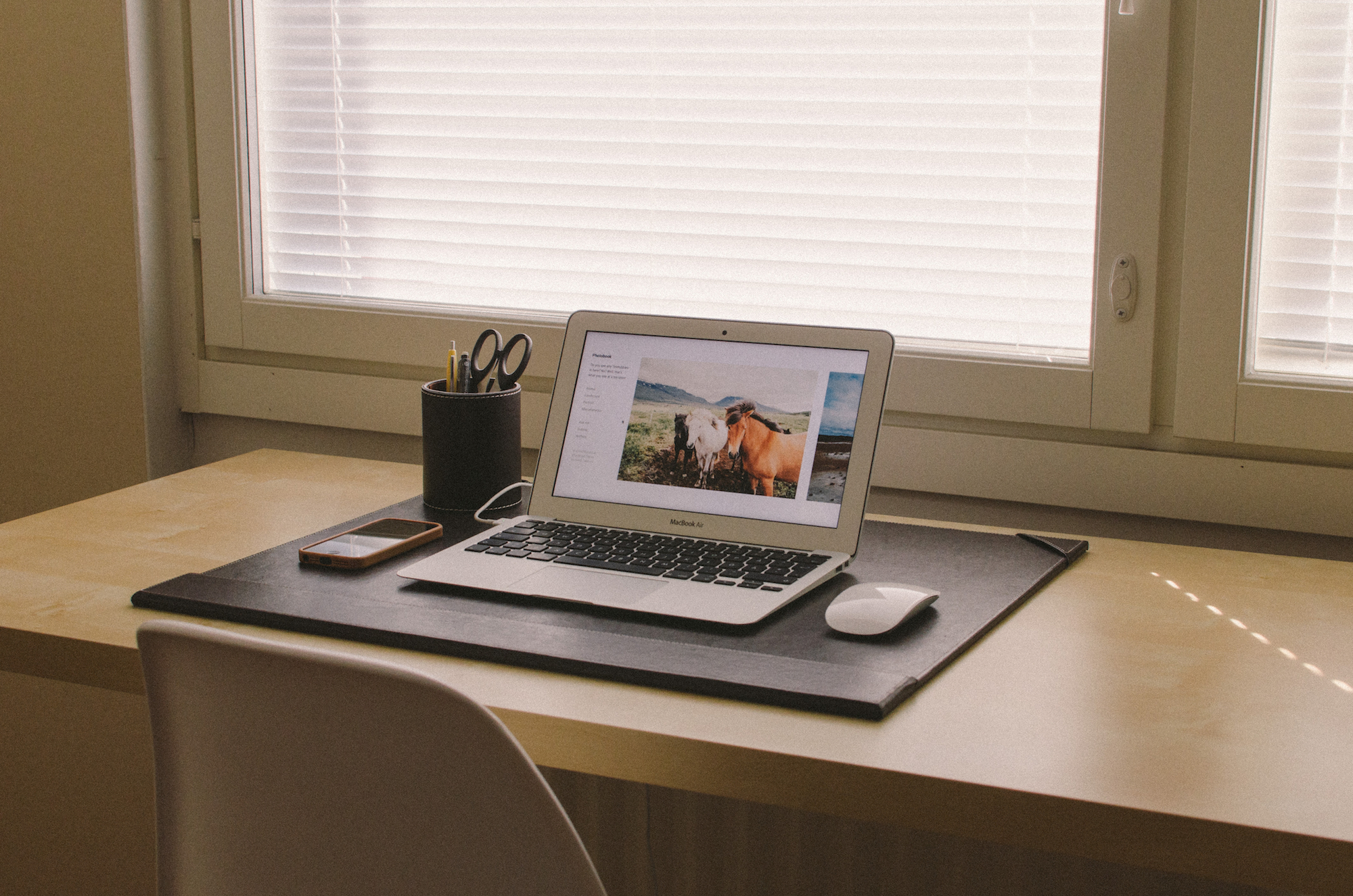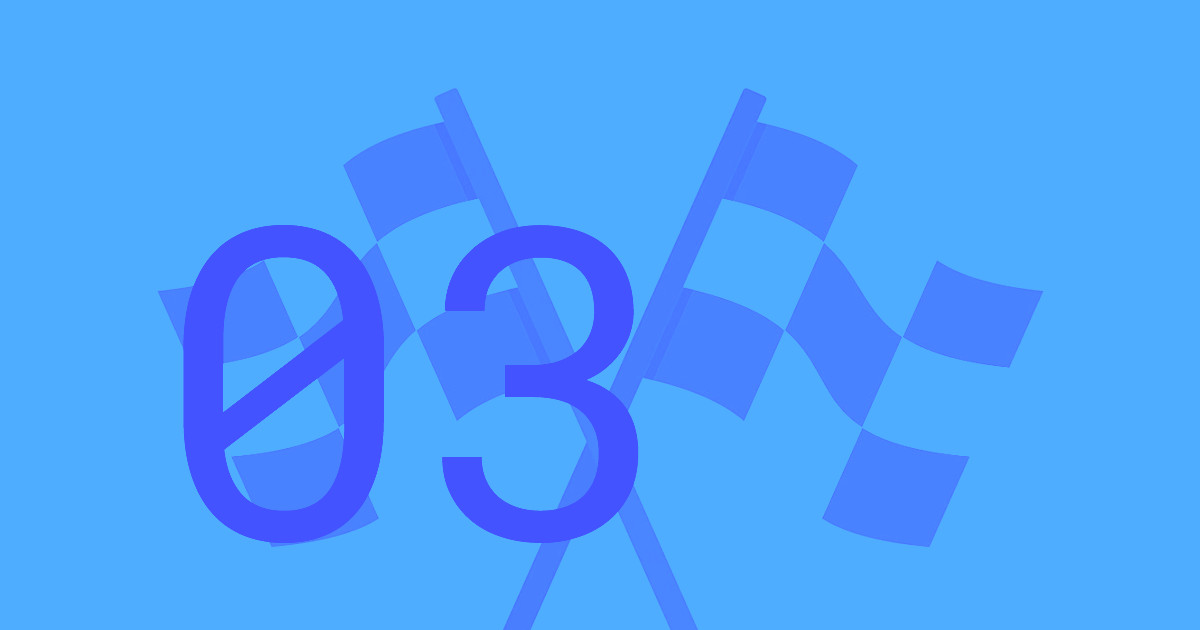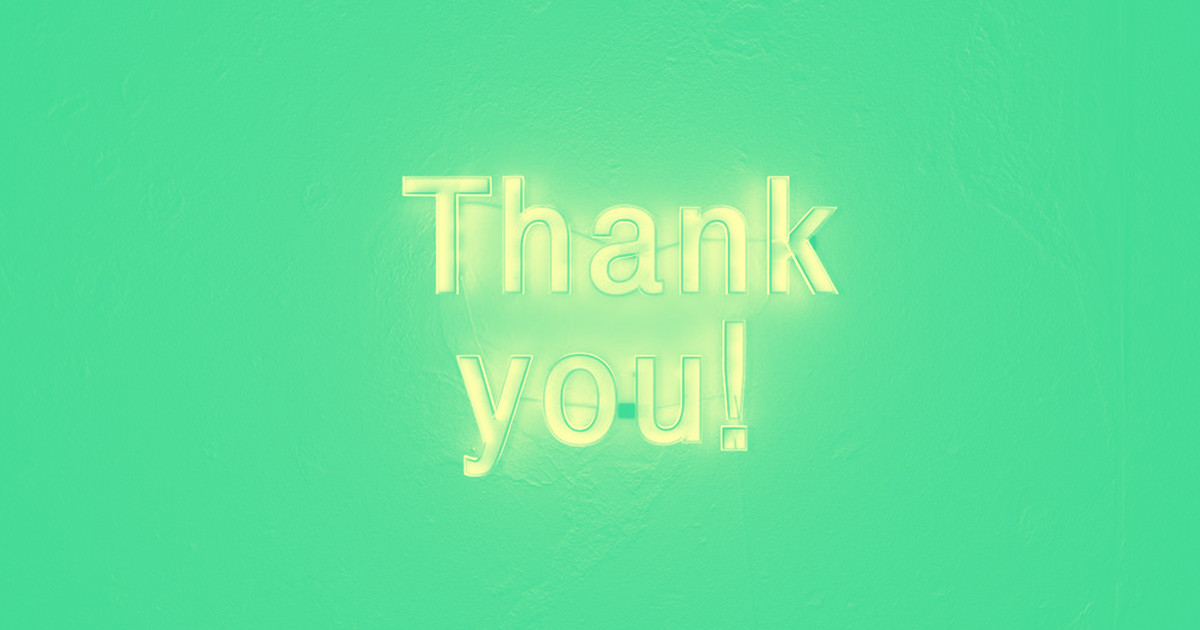Taking the leap into freelancing proves incredibly rewarding for most. But its strongest draw — the freedom that comes from being your own boss — can also be its greatest challenge. After all, when you’re going it alone, you’re striking out without a guide.
We’re here to provide the missing freelancer’s guide, which covers four key phases of the freelance designer’s workflow:
- Finding new freelance clients (this post)
- Kicking off a new project
- The design/build phase
- Ongoing support and billing
You’ll also find all four of the articles in this series — plus lots more — in our free ebook, The Freelance Web Designer’s Guide.
In this first piece, we’ll focus on that first, essential step: finding new clients. And add in some tips on not just finding clients, but keeping them coming.
By the end of the series, you’ll know what a typical freelance project is like, plus pick up a host of tips on making your next project a success.
Finding new freelance clients

Of course, every freelancer’s journey begins with finding clients.
And if you’ve never tried to find freelance clients before, it’s less than obvious how to get started. So here are four techniques I’ve used to keep myself booked with projects months in advance.
1. Create, create, create
To get new clients, you need a portfolio that shows you have what it takes to meet their needs.
If you’re just getting into the design world, you might well be asking yourself: “How do I get clients if I need client work to show off to begin with?”
It’s freelancer’s version of the classic dilemma: To get a job, you need experience. But how do you get experience without having the job?

If that was your first thought too, step back and look around the web: Many of the best designers’ portfolios aren’t filled with client work alone.
Of course, they do feature client work. But if you take a look through Dribbble, the majority of the work you see stems from random creative projects designers built for the heck of it.
You don’t need someone to pay you to design a website.
In fact, if you’re solely motivated by money, it’s going to be really hard for you to build a career. Yes, money’s important, but the best freelancers truly love the work they do, and take pride in every project they take on (whether for clients or for fun).
So get out there and build stuff. If you’re a web designer, build some free website templates to showcase your talent. Are you a writer? You should have plenty of writing samples to share. Graphic designer? Put together some icon sets or something.
Long story short: You don’t need clients to build a portfolio — so get on it.
2. Do some projects for free

I know, I know — I said the bad four letter word that starts with “F”: free.
I see so many freelancers undervaluing themselves, it’s hard to give this advice — but it works if you’re just getting started.
A great way to get long-term clients is to offer some of your services for free. For me, this meant reaching out to a few local businesses that had subpar web experiences, and offering to rebuild their website.
For projects I really liked, I would sometimes even build the homepage of their website before reaching out to them. Then I’d send them an email with a link, saying (in essence): “This is what I had in mind for your website. If you like it, it’s yours.”
Early on, this was how I got the majority of my clients. Some of whom are now my favorite (and highest-paying) clients.
Don’t get me wrong: working for free is a long-term play, but the payoff can be worth it. Even if the relationship doesn’t turn into a long-term one, you’ve at least built something portfolio-worthy.
3. Be easy to find
.gif)
The web is massive. Millions upon millions of sites, many built by freelancers just like you, clamor for attention. So the least you can do is make it easy for people to find you.
Have you googled your name yet? Do you show up on the first page? If not, it’s time to work on your SEO. If your name is a common one, aim to rank for your name plus your service (i.e., mat vogels web design).
Pro tip
Google your name in incognito or private mode to get uncustomized results. You’ll definitely rank for your own name in a browser that knows who you are.
Ideally, your portfolio will rank really highly on that search, but links to your social media accounts, Dribbble portfolio, and other related sites are also super helpful. Just make sure those other links point back to your portfolio and/or other easy ways for people to learn more about you and get in touch.
The most effective and professional approach is to build a website of your own. A place that showcases your work, personality, and brand—and that you alone control.
I highly recommend Webflow (surprise!). I’ve yet to find a more powerful tool that gives you unlimited customization, while still making it easy to manage and continually create new content.
4. Always be learning from other freelancers

My friend Neal O’Grady wrote a great piece on how to find freelance design work where he dives deep into tactics he’s used to find new clients for years now.
In that post, you’ll find:
- A list of freelance marketplaces
- Reasons you should be blogging
- How designing templates can earn you recurring revenue
- How to network as a freelance designer
- How hustling can kick-start your freelance career
Dann Petty’s Freelance.TV is another great resource for freelance designers, as it features intimate interviews with some of the top freelancers out there.
How to fill your calendar
One of the biggest stresses of the freelancer life is (not) knowing when your next project will be. Because our work is sporadic and we don’t have the luxury of salary, lining up future projects is a super-important step in becoming a successful freelancer.
I keep my project calendar full at least 2 months in advance (but no more than 4). This relieves me of the worry of knowing where my next paycheck will come from. I don’t schedule more than 4 months out though, because I like to keep my options open to new projects.
You should also gradually increase your rate with each project, which complicates things if you schedule too far out.
Now, many of you may already be rolling your eyes, because you’re not even thinking past your next project.
I get it, and I’ve been there too. But the goal is to get to a point where this isn’t the case at all. In fact, the hope is that after a while you’ll have the freedom to only take on the clients you want, at rates you’re comfortable with, and within a reasonable timeframe.
Let’s find out how.
Charge more monies
Double your hourly rate. Right now.
.gif)
I get it. Raising your rates can feel pretty uncomfortable. But that’s how you should feel about your current rate: Uncomfortable.
Right now, you should be right on the edge of charging too much. Push right to your comfort zone, then add a little bit more. See what happens.
Worst-case scenario: You don’t get the gig. But that’s okay, because you would have been doing it at a discount.
Best-case: you get a project at twice your last price.
Now, depending on how ambitious you are, you’ve just doubled your income. (Hooray!)
If you need $3,000 a month to cover costs, you can either take on three $1,000 projects, or one $3,000 project.
It’s up to you. But really, it’s always better to take larger projects that pay more and take longer, than to suffer death by a thousand cuts projects.
Referrals are your best friend
.gif)
The single best way to get new work is through referrals. In fact, I no longer do any work that doesn’t come from a referral.
Why? Because I only work with clients I like, and if a previous client sends me new work, there’s a good chance that I’ll like this client as well.
I’ve also found that referral clients will wait longer to work with you. This is hugely advantageous, since it helps build out your project calendar.
The best part about referrals is that they require no additional work on your part. No marketing. No outreach. Do your job right, and you’ll be flooded with referrals in no time.
Manage client expectations
If you’re scheduling projects months in advance, make sure your upcoming clients understand your current schedule, start date on their project, and estimated delivery date.
Everyone knows the design process (and our project timeline estimation) isn’t perfect, so make sure to keep upcoming clients in the loop on any hiccups that might delay their project.
If referrals are the freelance designer’s best friend, negative word of mouth and reviews are your worst enemy.
The art of keeping your clients

Ongoing support and billing
If you’ve ever freelanced, you know that ongoing support and billing are two very sensitive subjects. Clients often believe that certain types of ongoing work will be provided as goodwill, so it’s on you to be very clear about what you will and won’t do for free.
Let’s start with ongoing support. For this, your go-to tool should be a design contract. See how contracts can help you manage clients.
That post goes into much more detail, but the gist is:
- Define deliverables and timelines for each project
- Set conditions and pricing for additional work
- Don’t be afraid to say no
Now let’s talk about billing. Just like ongoing support, billing starts with clear and agreed-upon terms in the contract. Some suggestions for crafting your contract:
- Include payment terms and timelines
- List forms of payment accepted and how to submit payments
- Include penalties for late payments
- Make sure to outline conditions for additional work
There are some other great tools to help with the payment process like Webflow’s Client Billing, Square invoicing, Bonsai, and more.
Bonus: Check out this free course on getting paid from freelance design vlogger Charli Marie.
Retainer contract
Sealing the deal on ongoing work can be a great way to secure recurring revenue beyond the initial project. A retainer is essentially the client buying a recurring chunk of your time — regardless of whether you end up working those hours.
Just crystal clear with the client about what forms of maintenance, additional work, and available hours the retainer gives them.
This is also something you can offer as a package if they are hosting with you – which is another opportunity for recurring revenue. If you’re interested, you can read more about building ongoing revenue streams.
Above all else: keep creating and communicating!
In the end, the most important thing a freelancer can do is act. Do good work. Make it easy to find and share your work. And never stop moving.
You won’t start finding hordes of clients overnight. Freelancing bliss may take many months to achieve.
But if you follow these tips, you’ll find it.



















Grow your freelance business
Take on more clients and build websites faster. Webflow empowers freelancers to design and deliver with confidence, while keeping full creative control.































